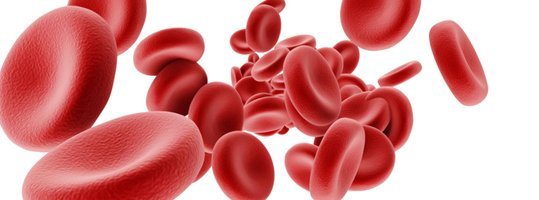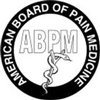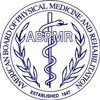Platelet Rich Plasma
Platelet Rich Plasma
Platelet Rich Plasma therapy (PRP) is a ground breaking non-operative treatment option that relieves pain by naturally promoting long lasting healing of musculoskeletal conditions. Although blood is mainly a liquid (called plasma), it also contains small solid components (red cells, white cells, and platelets.) The platelets are best known for their importance in clotting blood. However, platelets also contain hundreds of proteins called growth factors which are very important in the healing of injuries. PRP is plasma with many more platelets than what is typically found in blood. The concentration of platelets — and, thereby, the concentration of growth factors — can be 5 to 10 times greater (or richer) than usual. To develop a PRP preparation, blood must first be drawn from a patient. The platelets are separated from other blood cells and their concentration is increased during a process called centrifugation. Then the increased concentration of platelets is combined with the remaining blood.
Many have attributed PRP injections, particularly for athletic injuries, with enabling them to return back to regular activities and competition with minimal to no pain at all. This rapidly emerging technique shows very promising potential for many conditions such as arthritis, tendonitis, and ligament sprains and tears. PRP therapy presents patients with a long lasting, permanent solution through the body's natural healing process. PRP is not something that wears off over time as with a traditional pain injection.
How does PRP Work?
The body’s first response to soft tissue injury is to deliver platelet cells. Packed with growth and healing factors, platelets initiate repair and attract the critical assistance of stem cells. PRP’s natural healing process intensifies the body’s efforts by delivering a higher concentration of platelets directly into the area in need. To create PRP, a small sample of your blood is drawn (similar to a lab test sample) and placed in a centrifuge that spins the blood at high speeds, separating the platelets from the other components. The process is handled manually by a lab technician, producing higher concentrations of platelets and a much more pure concentration of the beneficial blood components. The PRP is then injected into and around the point of injury, jump-starting and significantly strengthening the healing process. Because your own blood is used, there is no risk of a transmissible infection and a low risk of allergic reaction.

What conditions are treated with PRP?
PRP is a next-generation injection procedure commonly used to treat the following conditions:
- Osteoarthritis of the Knee, Shoulder, Hip
- Arthritis
- Tendinitis
- Bursitis
- ACL Injuries
- Tennis Elbow
- Ligament sprains
- Plantar fasciitis
Are there any risk with PRP?
PRP is an especially safe treatment option with no risk of allergic reaction because it is your own blood.














